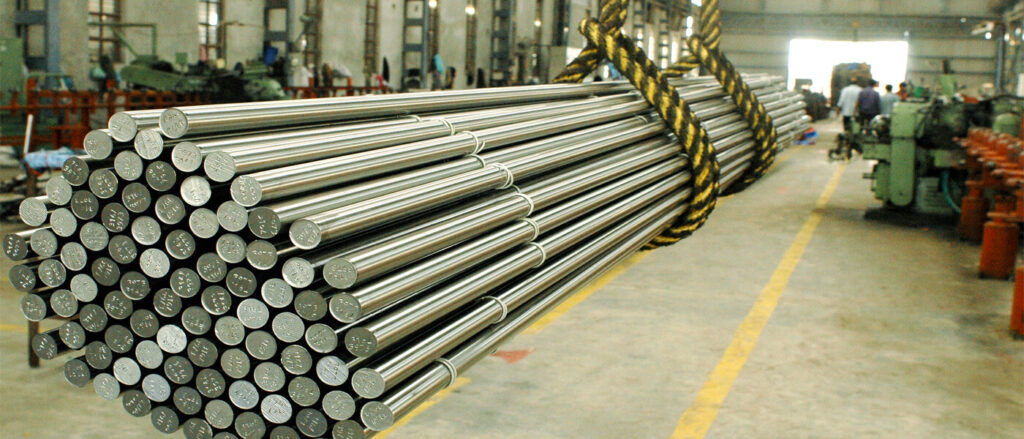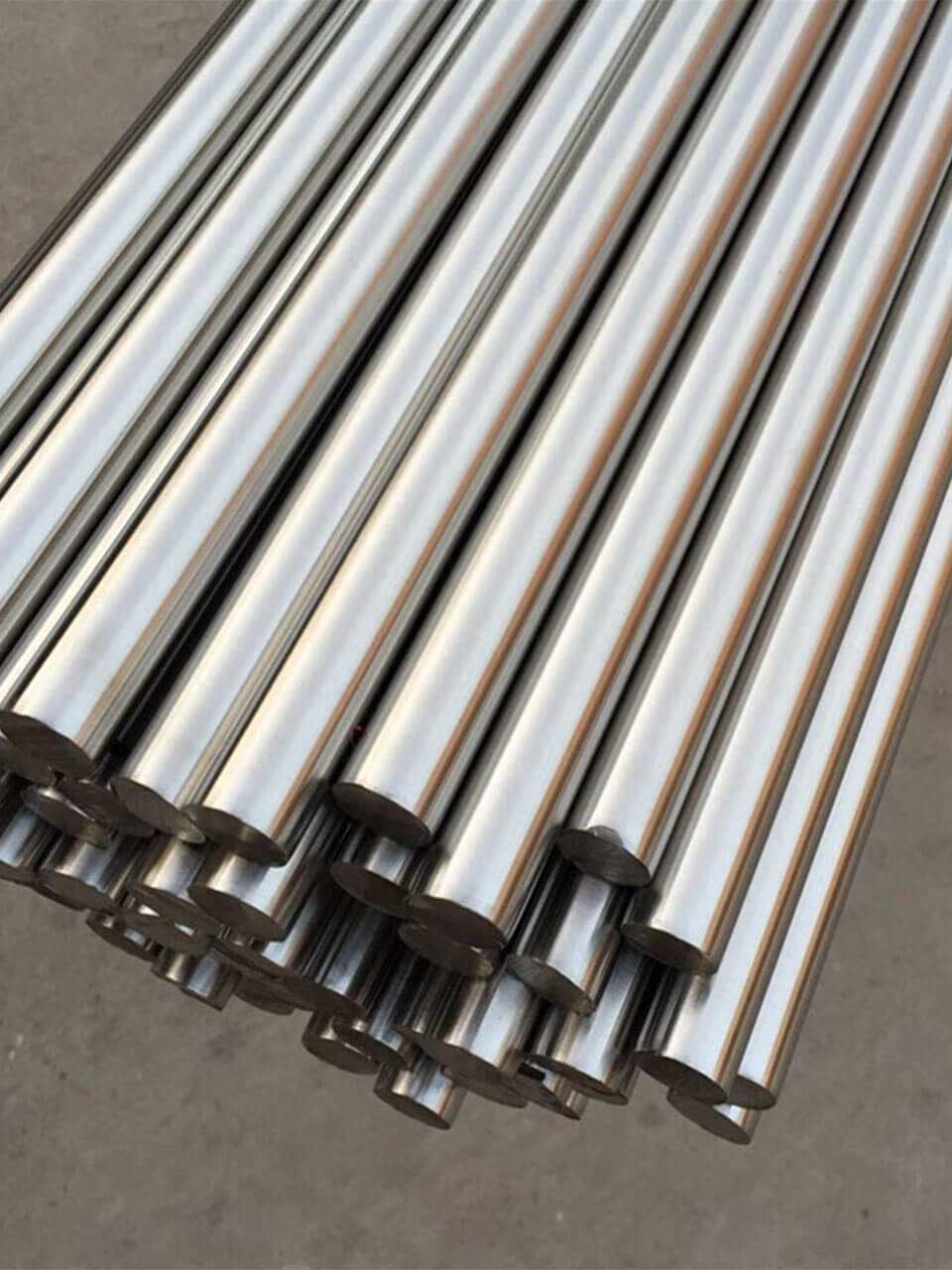Understanding the Difference Between Steel and Stainless Steel
Steel and stainless steel are two materials that you’ve likely encountered in your daily life. They may look similar, but they serve different purposes and have distinct characteristics. In this easy-to-follow guide, we’ll explore the differences between these two, and we’ll answer the common question: Is stainless steel stronger than steel?
The Importance of Steel and Stainless Steel
Before we get into the nitty-gritty of, let’s take a moment to understand why they are so important.
The Mighty Steel
Steel is a material that has been around for a long time. It’s super strong and versatile, making it a favorite for many applications. From towering skyscrapers to handy tools, steel is used to build sturdy structures and durable products.
The Wonder of Stainless Steel
It is a special type that is known for its exceptional qualities. It’s not only strong but also highly resistant to corrosion and staining. This makes it a top choice in various industries, from healthcare to kitchenware.
Steel vs. Stainless Steel
Now, let’s dive into the main question: What sets these two apart?
Composition
- Steel: Steel is primarily made of iron, with a small amount of carbon. This combination gives it its incredible strength. Other elements, like manganese, sulfur, and phosphorus, are often added to improve its properties.
- Stainless Steel: On the other hand, it is a unique alloy. It contains iron, chromium, and sometimes nickel. The chromium is what makes it “stainless” by forming a protective layer that prevents rust and staining.
Corrosion Resistance
- Steel: Regular steel is susceptible to rust and corrosion. If exposed to moisture or harsh chemicals, it can deteriorate over time.
- Stainless Steel: One of the remarkable qualities of this is its resistance to corrosion. That protective layer of chromium mentioned earlier acts as a shield, preventing rust from forming. This is a big reason why it is used in kitchen appliances, medical equipment, and outdoor structures.
Strength
- Steel: Steel is exceptionally strong, making it ideal for structural applications like bridges, buildings, and machinery.
- Stainless Steel: It is strong too, but not as strong as regular one. It’s often used in situations where corrosion resistance is more critical than sheer strength. In some cases, it can be reinforced to meet specific strength requirements.
Appearance
- Steel: Regular steel has a dull, grayish appearance. It’s often coated or painted for aesthetic purposes and to protect it from corrosion.
- Stainless Steel: It has a shiny, polished look. Its sleek appearance, combined with its corrosion resistance, makes it a favorite choice for kitchen appliances, cutlery, and jewelry.
Read our Blog : The Versatility and Advantages of Using Sheet Metal In Construction

Benefits of Using Stainless Steel
Now that we’ve highlighted the differences, let’s talk about why you might prefer stainless steel in certain situations.
Hygiene and Healthcare
Stainless steel’s resistance to corrosion and staining makes it perfect for use in hospitals and the food industry. It’s easy to clean and doesn’t harbor harmful bacteria, making it a top choice for medical instruments, kitchen countertops, and surgical equipment.
Kitchenware
Have you ever wondered why your kitchen sink, fridge, and even your forks and knives are made of stainless steel? It’s because this material doesn’t rust or stain, even when it comes into contact with acidic foods. Plus, it looks sleek and modern in your kitchen.
Outdoor Structures
When it comes to outdoor structures like bridges and railings, stainless steel is a go-to option. Its ability to withstand harsh weather conditions without rusting ensures the longevity of these structures.
Jewelry and Fashion
Stainless jewelry has gained popularity for its durability and stylish appearance. It doesn’t tarnish like some other metals, making it a great choice for accessories that last.
Appliances
Your dishwasher, refrigerator, and oven may have stainless components. Its resistance to corrosion and easy cleaning make it an excellent choice for these everyday appliances.
Actionable Advice
If you’re working on a project or considering purchasing items made of steel or stainless steel, here are a few tips:
- Assess Your Needs: Determine whether you need the strength of steel or the corrosion resistance of stainless steel for your specific application.
- Maintenance: If you choose regular steel, be prepared for maintenance, including painting or coating to prevent rust. Stainless steel requires minimal maintenance.
- Budget: Consider your budget, as stainless products are often pricier due to their unique properties.
- Design and Aesthetics: Think about the appearance you want for your project. Stainless steel’s sleek look is a great fit for modern designs.
- Consult Experts: When in doubt, consult with experts or professionals who can guide you in selecting the right material for your needs.
Infographics
Infographics can be incredibly helpful in understanding the differences between steel and stainless steel. Consider creating visual aids that illustrate the key points we’ve discussed, such as composition, corrosion resistance, strength, and applications. These visuals can make the information more accessible and memorable.

Selecting the Right Material for Your Project
When you embark on a project, whether it’s a home improvement task, a DIY adventure, or a professional construction endeavor, choosing the right material is crucial. The materials you select can significantly impact the outcome of your project in terms of durability, appearance, and performance. Understanding the properties and characteristics of these materials is key to making informed decisions.
In Summary:
In summary, both are remarkable materials with distinct characteristics:
- Steel is strong but prone to rust and staining.
- Stainless steel is corrosion-resistant, making it ideal for applications where hygiene and aesthetics are essential.
The choice between these two depends on your specific needs and preferences.
Explore More
We hope this guide has shed light on the difference between these two. To discover more fascinating insights and valuable information, explore our other blogs and articles. Whether you’re a DIY enthusiast, a construction professional, or simply curious, there’s always more to learn in the world of materials and design.
For a deeper dive into the world of steel, you might want to check out our articles on the How Steel is used in Industry 500 and the Uses of steel in Bridge construction 500. These articles provide additional insights into the various applications and advantages of steel in different industries.
And if you have any questions or need further guidance, don’t hesitate to reach out to us. We’re here to help you make informed decisions and embark on successful projects. Happy reading!

